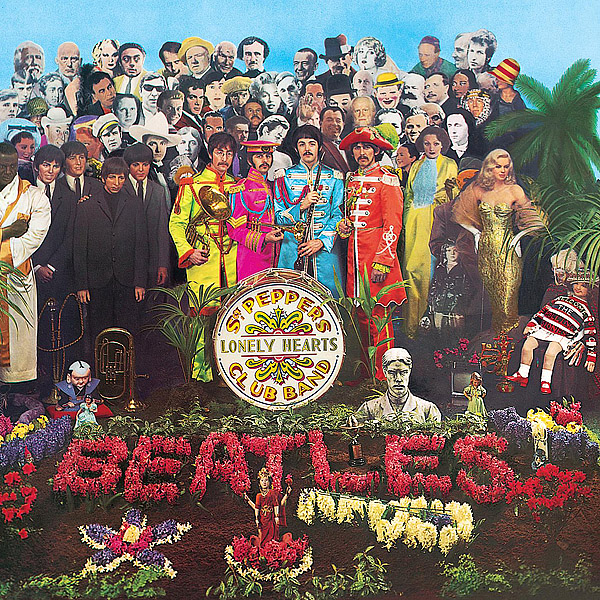
Thursday, March 30, 1967
Cover shoot for “Sgt. Pepper’s Lonely Hearts Club Band”
Last updated on April 21, 2024

Thursday, March 30, 1967
Last updated on April 21, 2024
Location: Michael Cooper’s Photographic Studios, 4 Chelsea Manor Studios, Flood Street, London, UK
Previous article Mar 23, 1967 • The Beatles win two Ivor Novello awards
Session Mar 28, 1967 • Recording "Good Morning Good Morning" and "Being For The Benefit of Mr. Kite!"
Article Mar 30, 1967 • Cover shoot for "Sgt. Pepper's Lonely Hearts Club Band"
Session Mar 30, 1967 • Recording "With A Little Help From My Friends"
Next article April 03-04, 1967 • Paul McCartney and Mal Evans fly to San Francisco
The artwork of The Beatles’ “Sgt. Pepper’s Lonely Hearts Club Band” album was designed by the pop artists Peter Blake and his then-wife Jann Haworth. Those had been recommended by art dealer Robert Fraser, who was also a friend of Paul McCartney.
They conceived the cover as a colourful collage featuring the Beatles in costume as the fictional Sgt. Pepper’s Lonely Hearts Club Band, standing with a group of life-sized cardboard cut-outs of famous people. The centre of the cover depicts the Beatles standing behind a bass drum on which fairground artist Joe Ephgrave painted the words of the album’s title. In front of the drum is an arrangement of flowers that spell out “Beatles”. The group are dressed in satin day-glo-coloured military-style uniforms that were manufactured by the London theatrical costumer M. Berman Ltd. Next to the Beatles are wax sculptures of the band members in their suits and moptop haircuts from the Beatlemania era, borrowed from Madame Tussauds. Amid the greenery are figurines of the Eastern deities Buddha and Lakshmi.
After some weeks of preparation to have all the setup ready, The Beatles visited Michael Cooper’s Photographic Studio in Chelsea, for the shooting.
In addition to the front cover shot, The Beatles also posed for the images used on the back cover and the gatefold sleeve.
After the photo shoot, The Beatles went to EMI Studios, Abbey Road, to continue the recording of the album.
A contract dated 14 April 1967 described the various fees for the session, including a misspelling of the album title:
Hire and use of Michael Cooper Studios for 8 days including personnel (3 fulltime assistants) plus overtime and expenses to staff for additional work during Easter weekend: £625.0.0
54 copy negatives @ 10/6 each: 28.7.0
54 20″x16″ prints @ 17/6 each: 47.5.0
Photography fee (SGT. PEPPER’S LONELY HEARTS BAND set and centre spread, closeup): 250.0.0
Art direction fee (Layout and co-ordination of sleeve and inserts, cutouts, song sheets, production of mechanical rough and artwork by Al Vandenberg for Michael Cooper Studios, including co-ordination and supervision of all aspects of design and artwork from Peter Blake and Simon & Marekka; supervision and co-ordination of printing, retouching and blockmaking): £350.0.0
Special fee to Peter Blake: £200.0.0
From 30 March 1967: Cover shoot for Sgt Pepper | The Beatles Bible
Robert Fraser was a business partner of Michael Cooper, an excellent photographer, so he was commissioned to do the shoot. I worked in his studio for a fortnight, constructing the collage, fixing the top row to the back wall and putting the next about six inches in front and so on, so that we got the tiered effect. Then, we put in the palm tree and the other little objects.
Peter Blake – From “The Beatles: Off the Record” by Keith Badman, 2008
I wanted to have the waxworks of The Beatles because I thought that they might be looking at Sgt Pepper’s band too. The boy who delivered the floral display asked if he could contribute by making a guitar out of hyacinths, and the little girl wearing the ‘Welcome The Rolling Stones, good guys’ sweatshirt, was a cloth figure of Shirley Temple. The shirt was coming from Michael Cooper’s young son, Adam. The Beatles arrived during the evening of 30 March. We had a drink, they got dressed and we did the session.
Peter Blake – From “The Beatles: Off the Record” by Keith Badman, 2008
It took about three hours in all, including the shots for the centrefold and the back cover. I’m not sure how much it all cost.
Peter Blake – From “The Beatles: Off the Record” by Keith Badman, 2008
Joseph Lockwood, the chairman of EMI, did his nut when he found out the cost of it, which was about £1,500. That was a lot of money.
Alistair Taylor – From “The Beatles: Off the Record” by Keith Badman, 2008
One reads exaggerated figures. I think Robert Fraser was paid £1,500 by EMI, and I got about £200. People say to me, ‘You must have made a lot of money on it,’ but I didn’t, because Robert signed away the copyright.
Peter Blake – From “The Beatles: Off the Record” by Keith Badman, 2008
Paul McCartney, about the album sleeve:
We all just chose oddball things from everywhere and put them together. We all chose our own colours and our own materials: ‘You can’t have that, he’s having it…’
[…] We liked the idea of reaching out to the record-buyer, because of our memories of spending our own hard-earned cash and really loving anyone who gave us value for money.
And there, in the far right corner, is a slouching Shirley Temple doll, wearing a striped shirt that says, “WMPS Good Guys Welcome the Rolling Stones.” The sweater was the creation of Mary Anne May, at the time a senior at Immaculate Conception High School. WMPS, a big AM-radio station in town, had a contest to win a chance to meet the Stones at their 1965 concert at the Coliseum. May, a big fan, was determined to win, so she “bought a kids striped shirt at the dollar store.” Mick Jagger was wearing striped shirts a lot onstage then, she pointed out. She stitched the letters on and hoped for the best. Her dream came true, and during intermission, she went backstage, holding her contest-winning creation. “Is this for me?” asked Jagger, taking the shirt. That’s the last she saw of it.
It eventually made its way to Peter Blake, the British Pop artist behind the Sgt. Pepper cover. May found out her shirt had made the big time when someone at WMPS spotted it on the album cover in the summer of 1967. “I rushed over to Pop Tunes to have a look,” she said, but she still had to save up her money to buy the album. (She no longer has her copy.)
Mary Anne May is now an elementary school art teacher who still lives in Memphis. Of her shirt’s brush with fame: “I have no idea where it is now. I’d love to have it back.”
From “‘Sgt. Pepper’ has Memphis connection” by Leanne Kleinmann – February 4, 2007 – From Meet the Beatles for Real: Stones and Sgt. Pepper
7 March 1967 Barry Miles (author of The Beatles Calendar): “Peter Blake and [his wife] Jenn Howarth are having lunch with Paul and Jane on Cavendish Avenue. At lunchtime, Paul gave them an acetate record of ‘Pretty Rita.'”
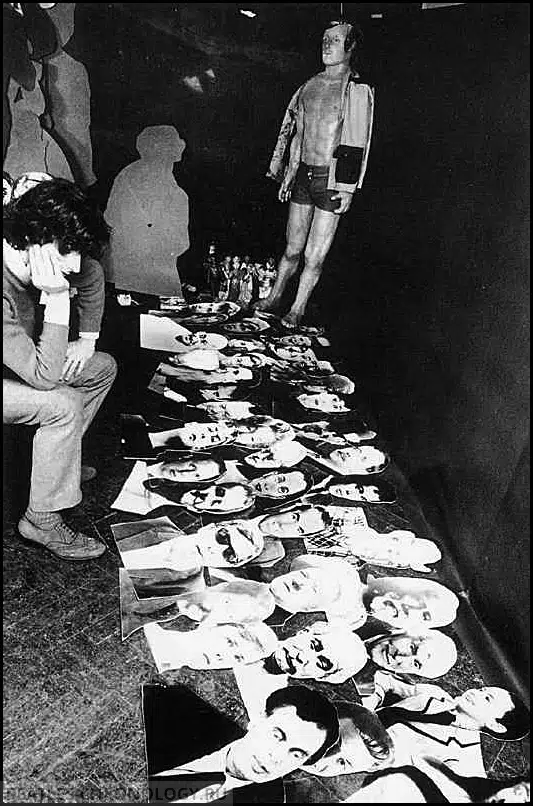
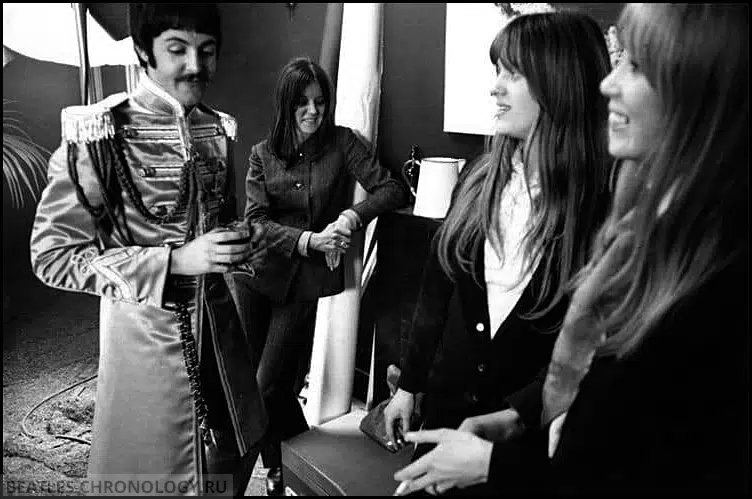
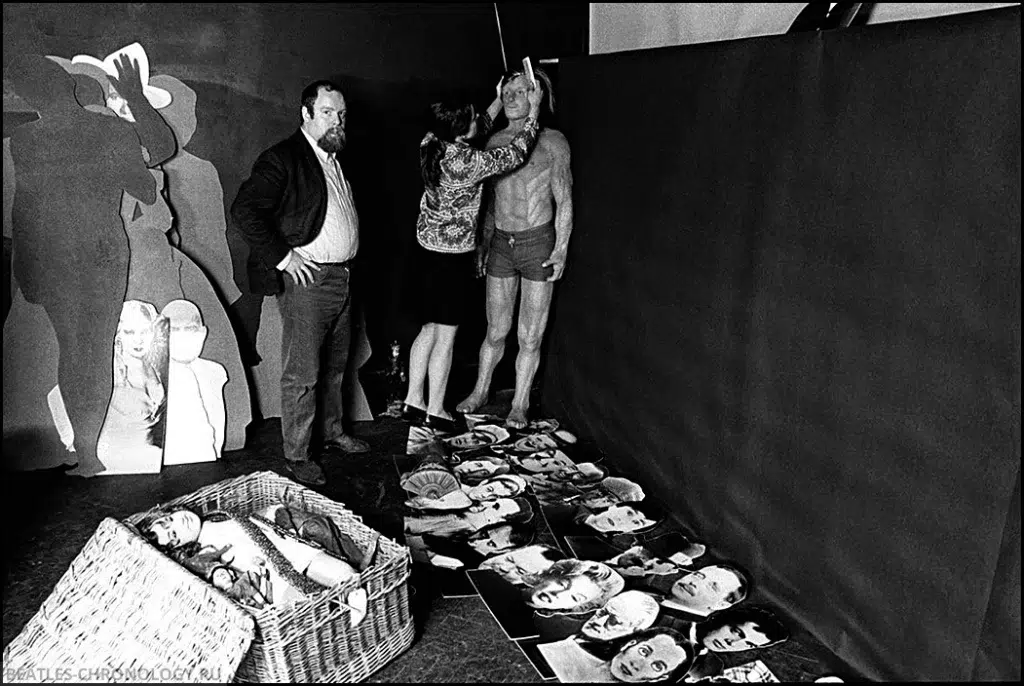
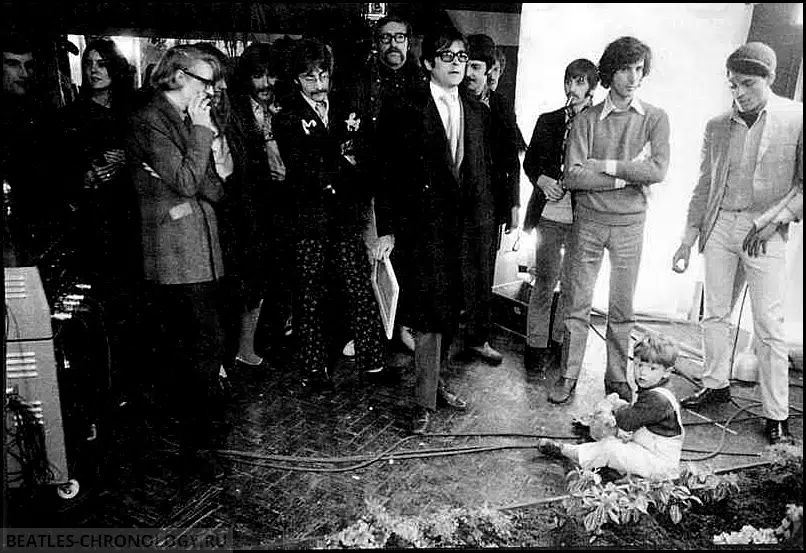
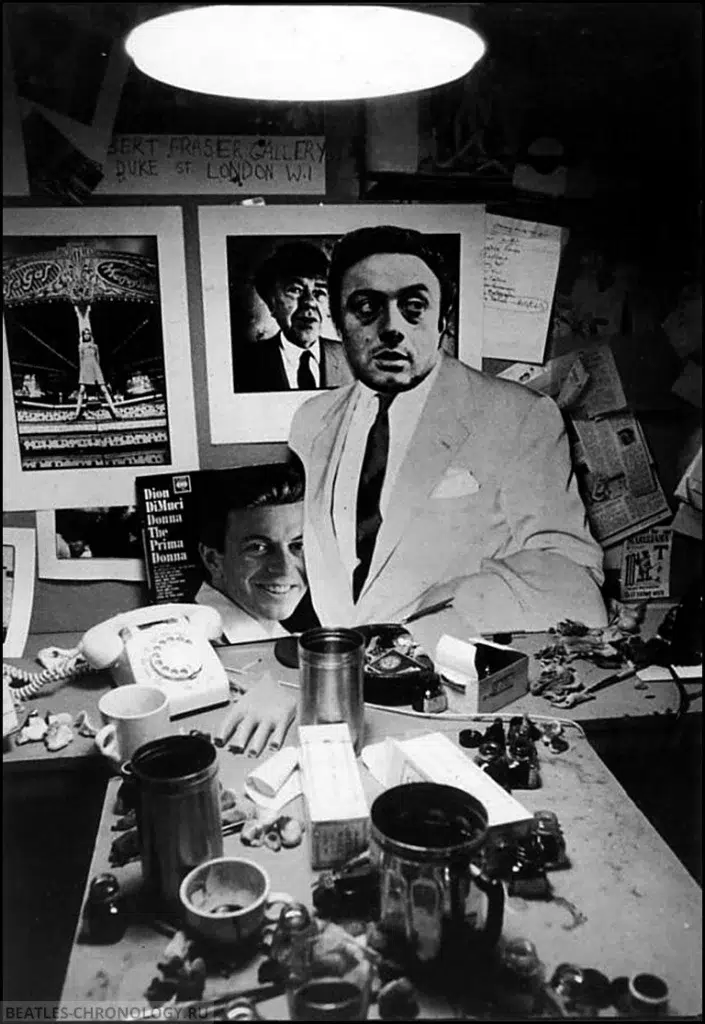
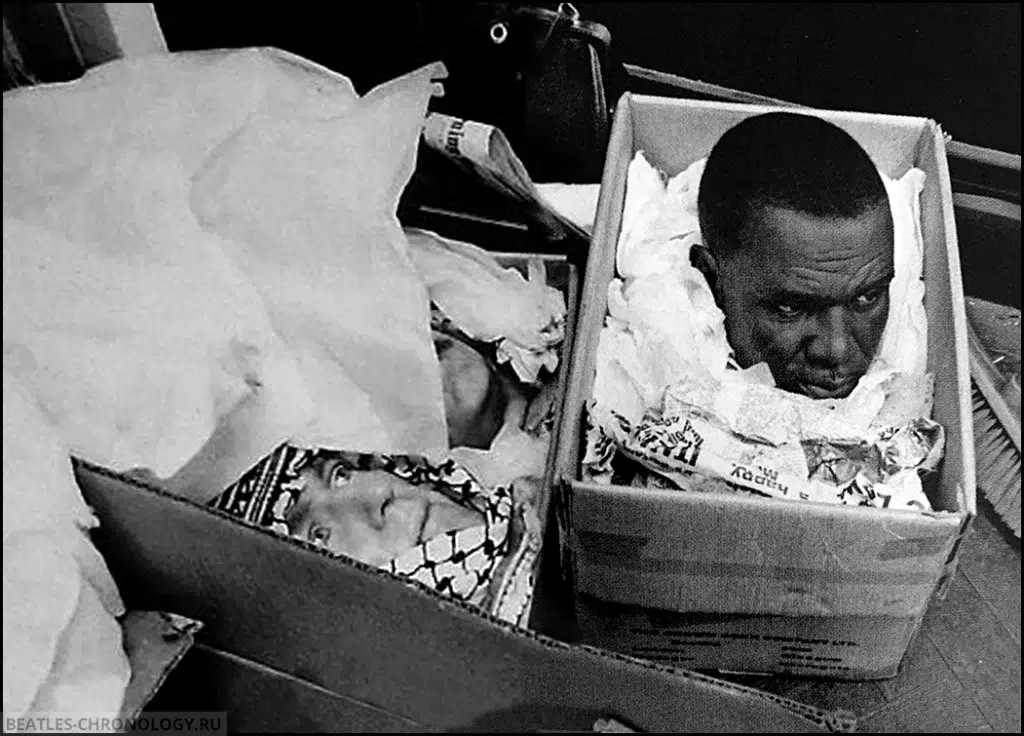
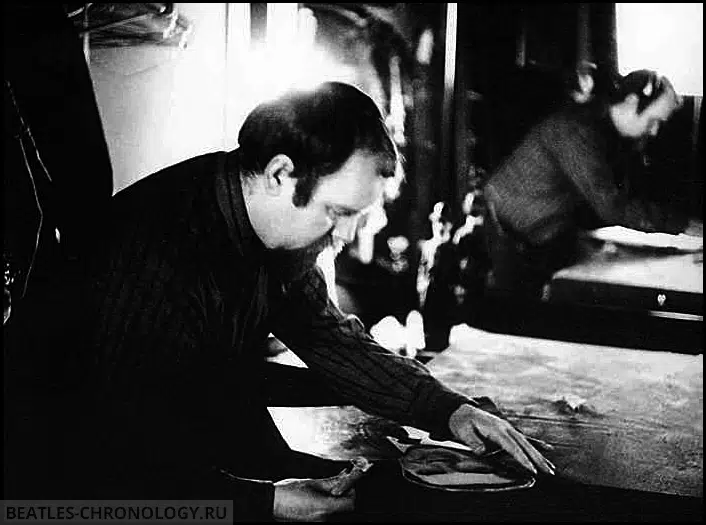
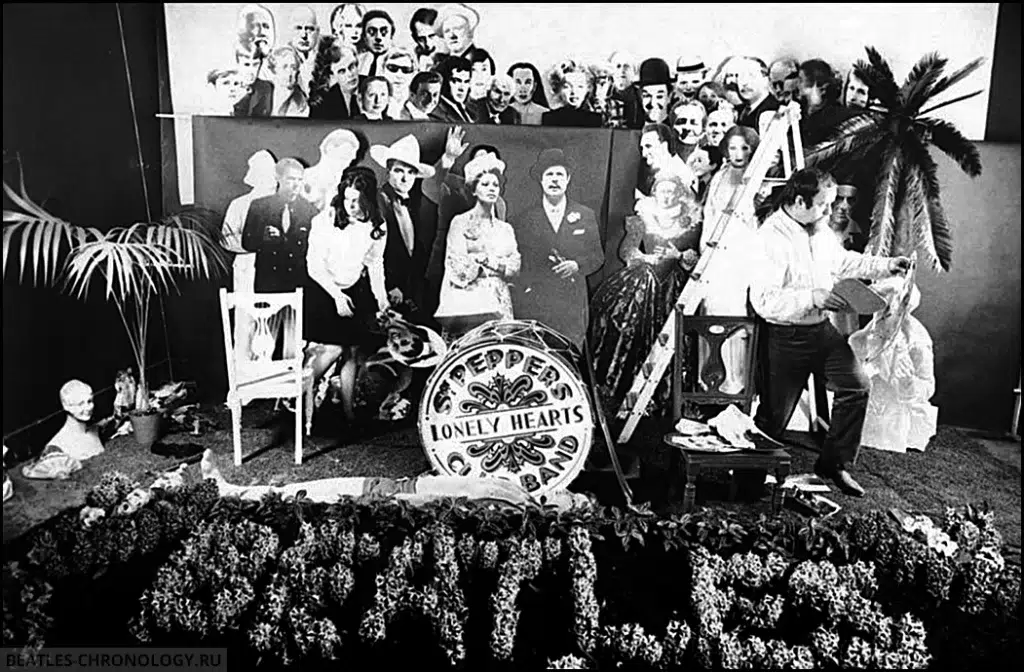
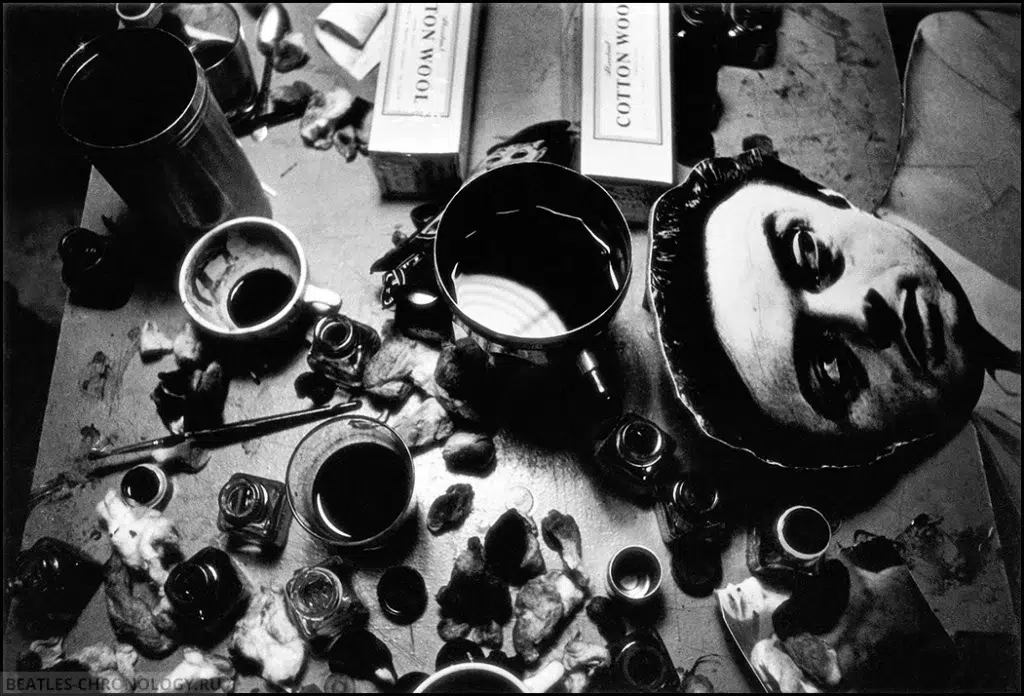
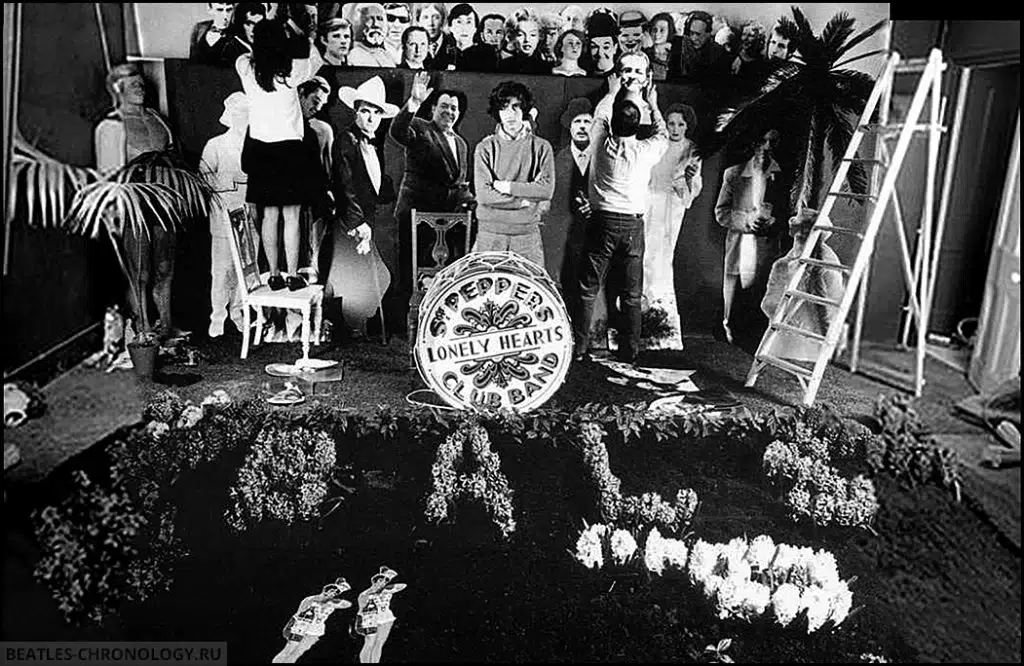
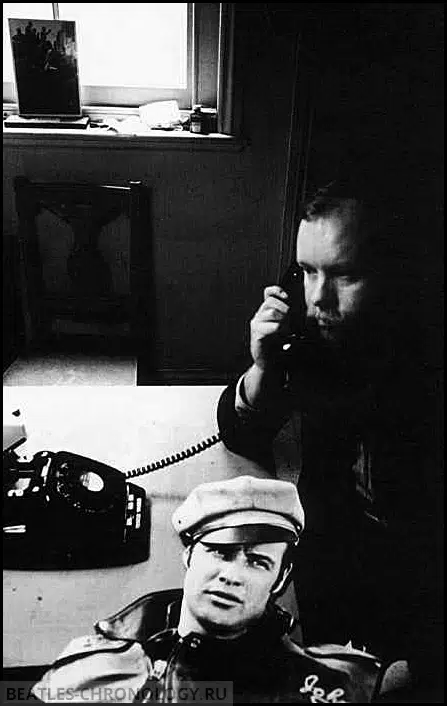
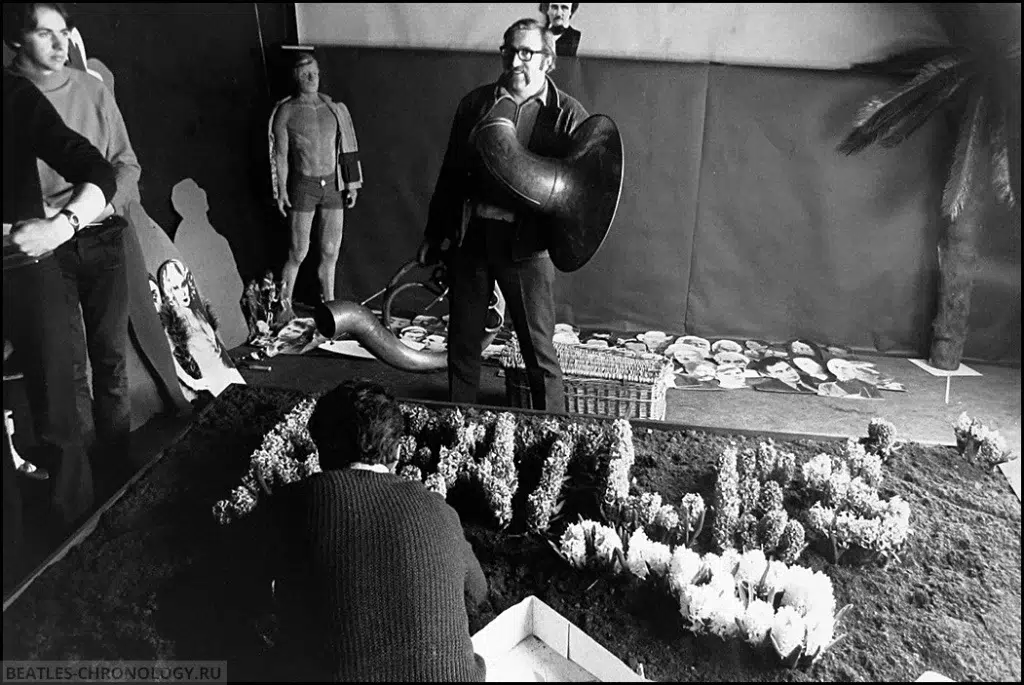
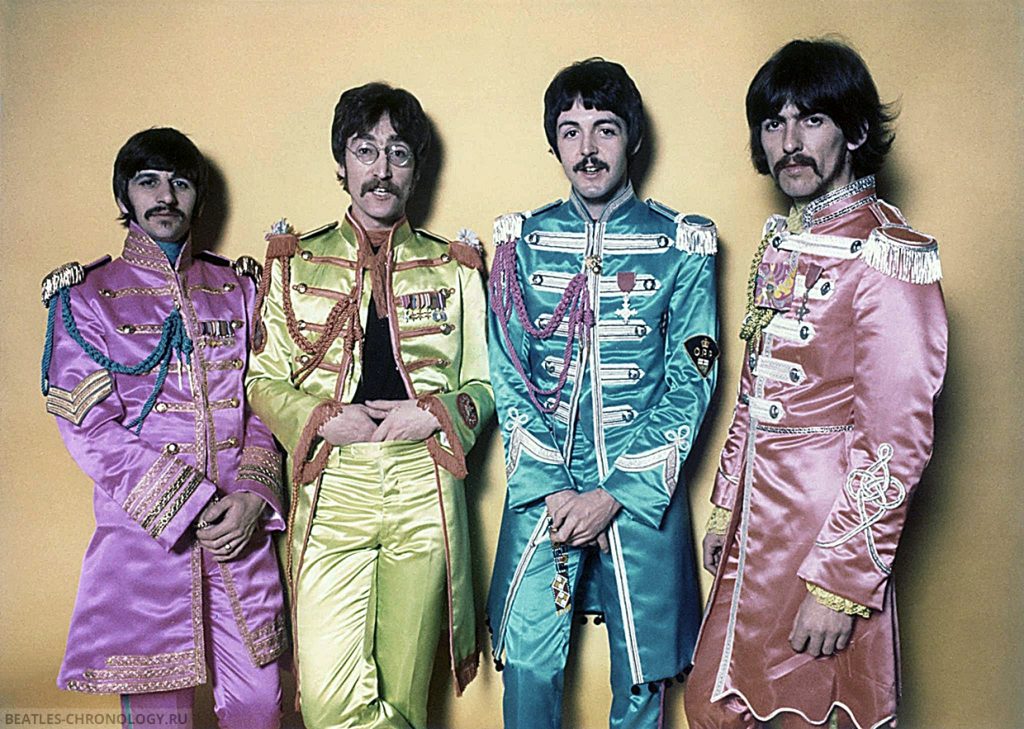
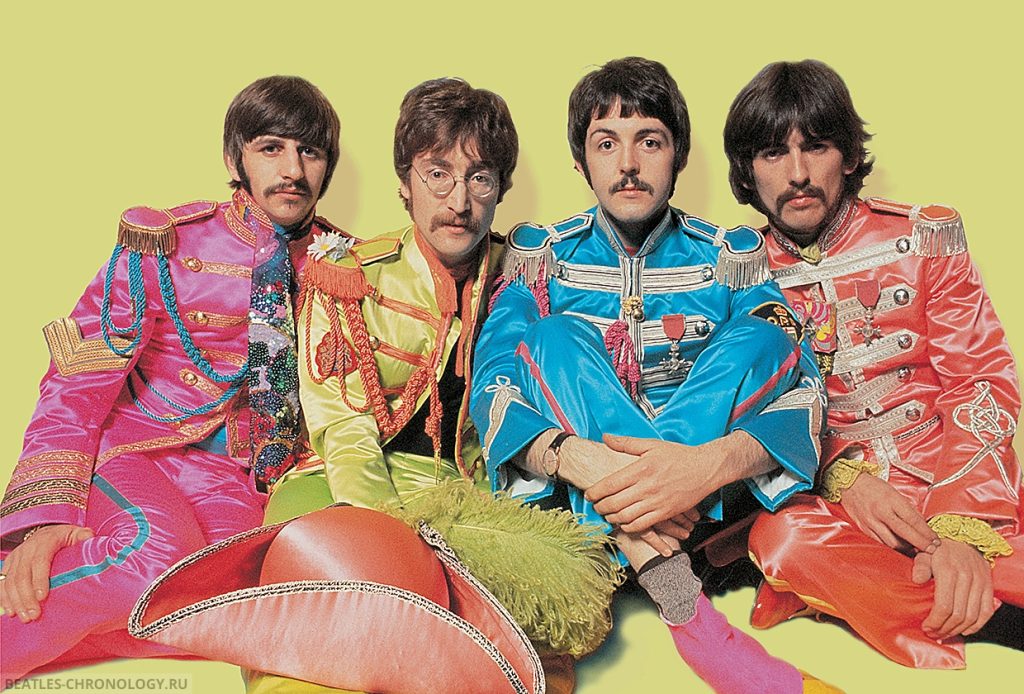
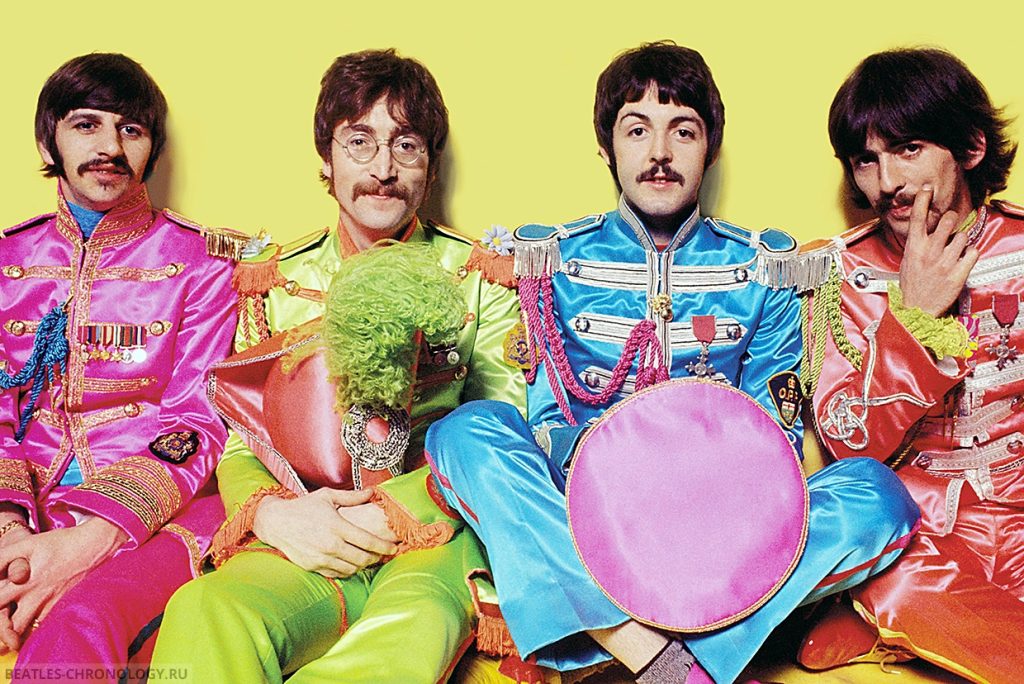
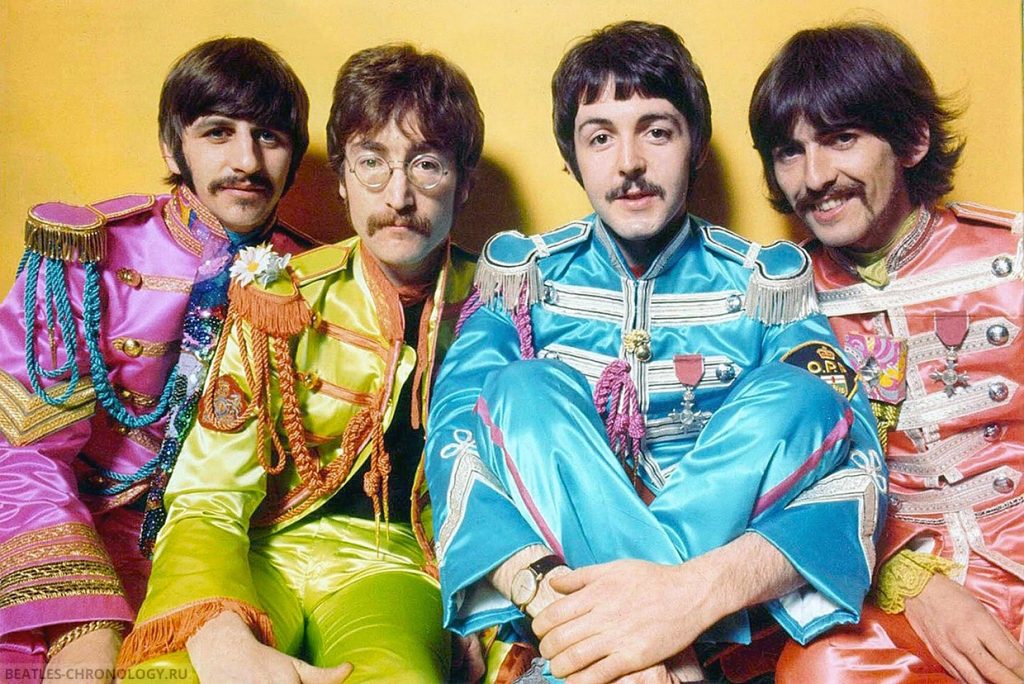
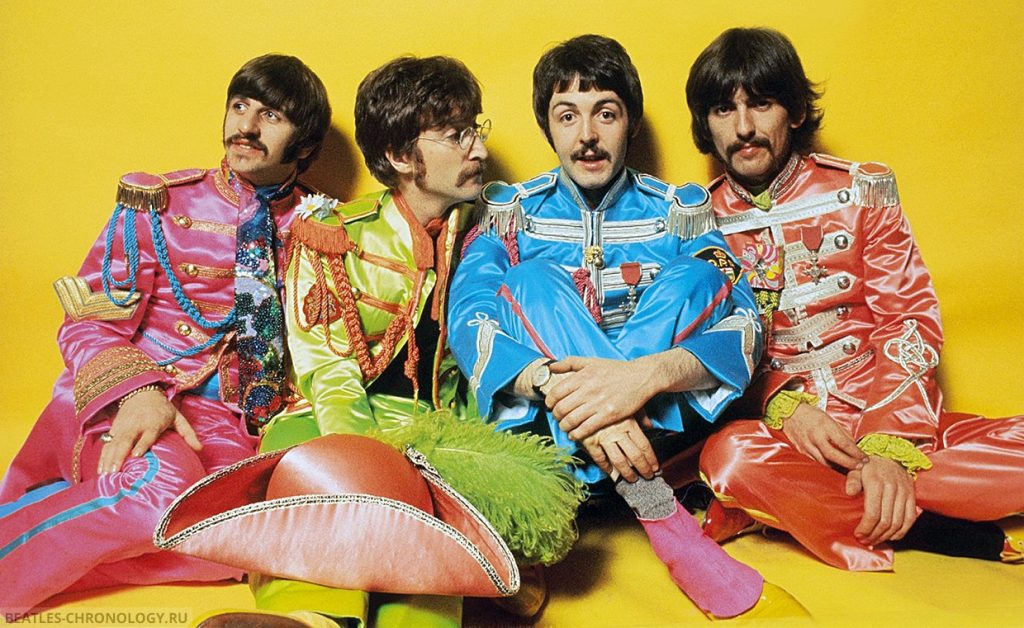
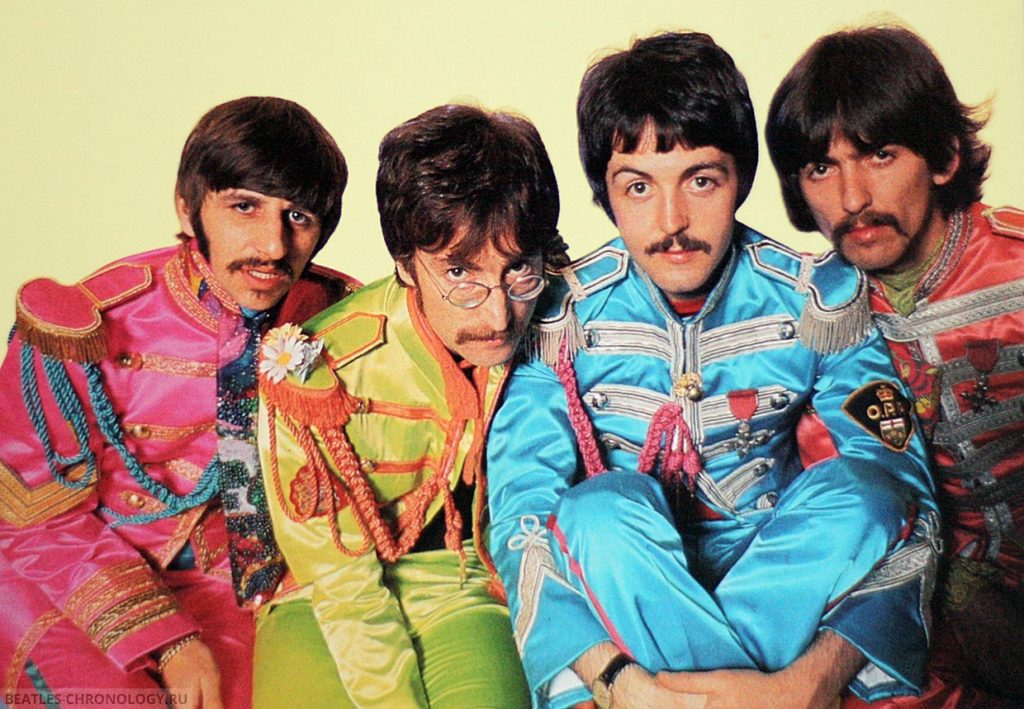
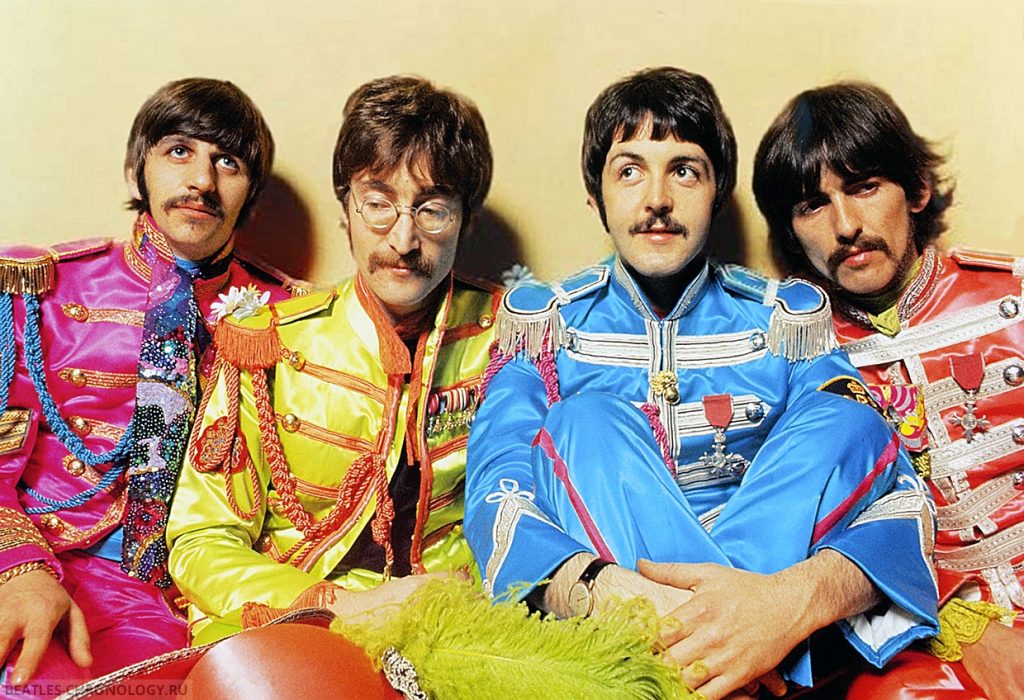
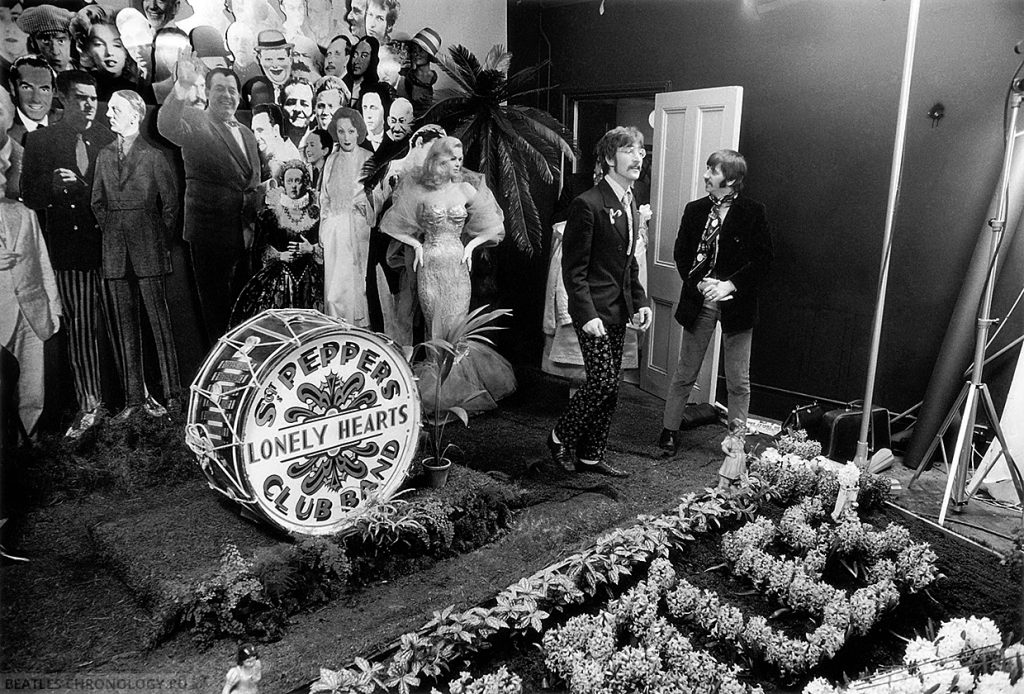
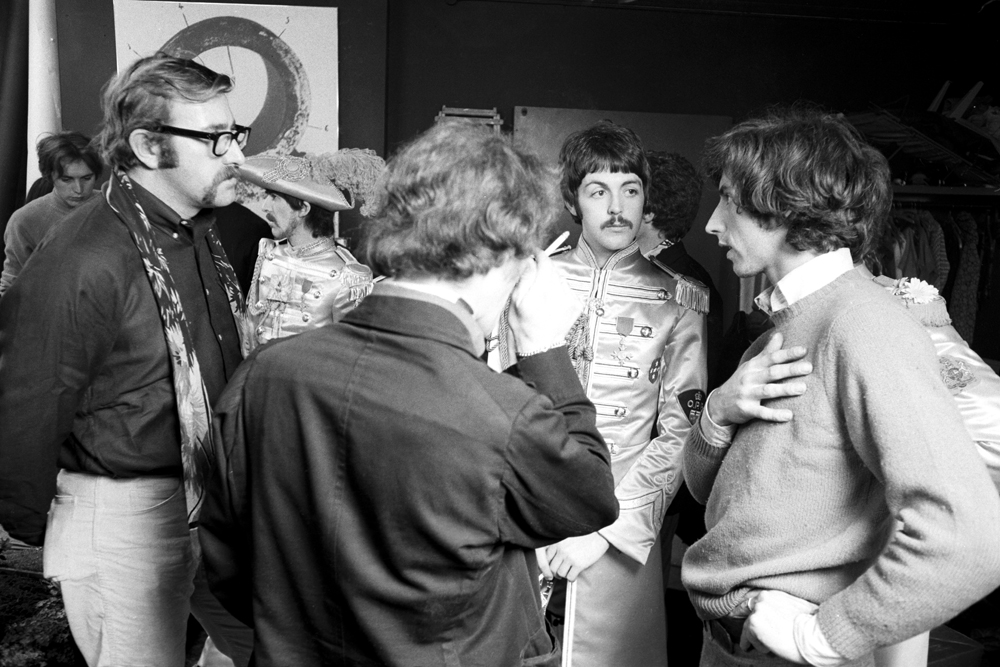
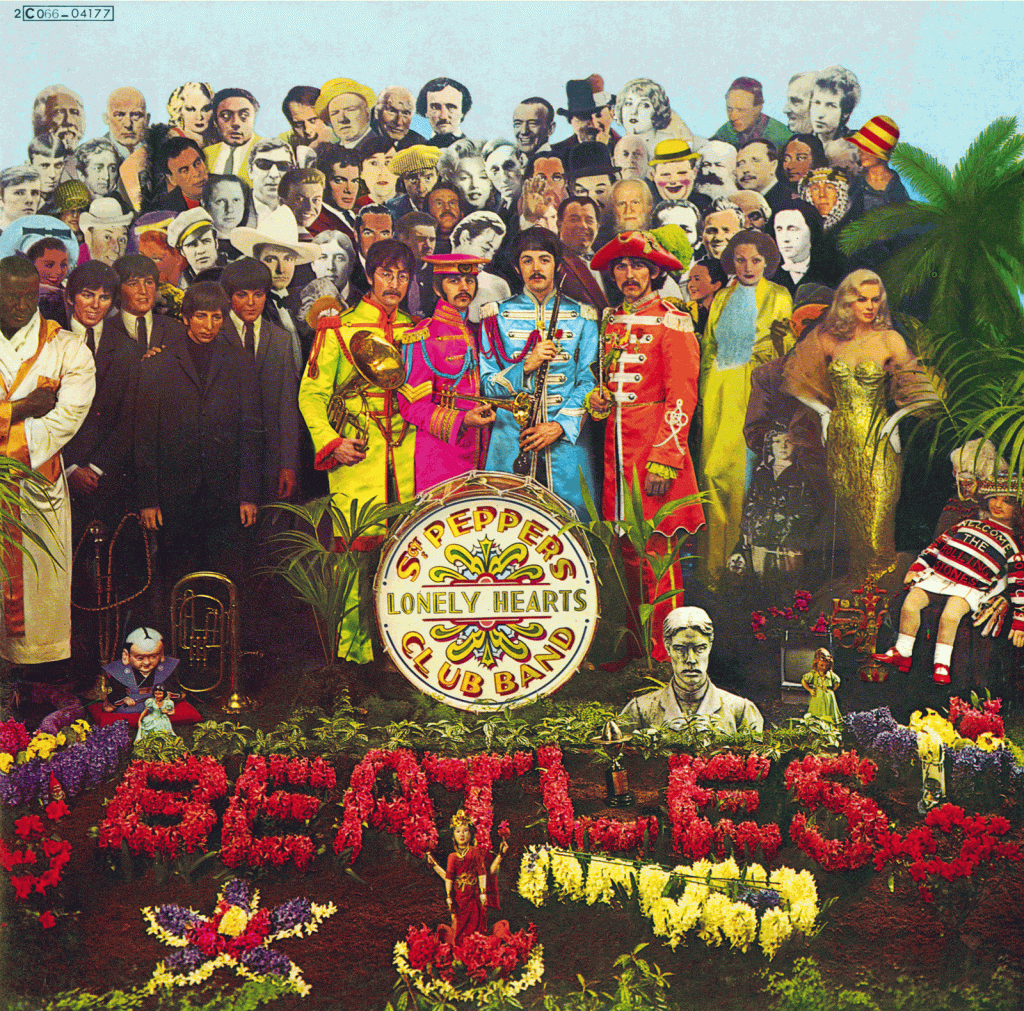
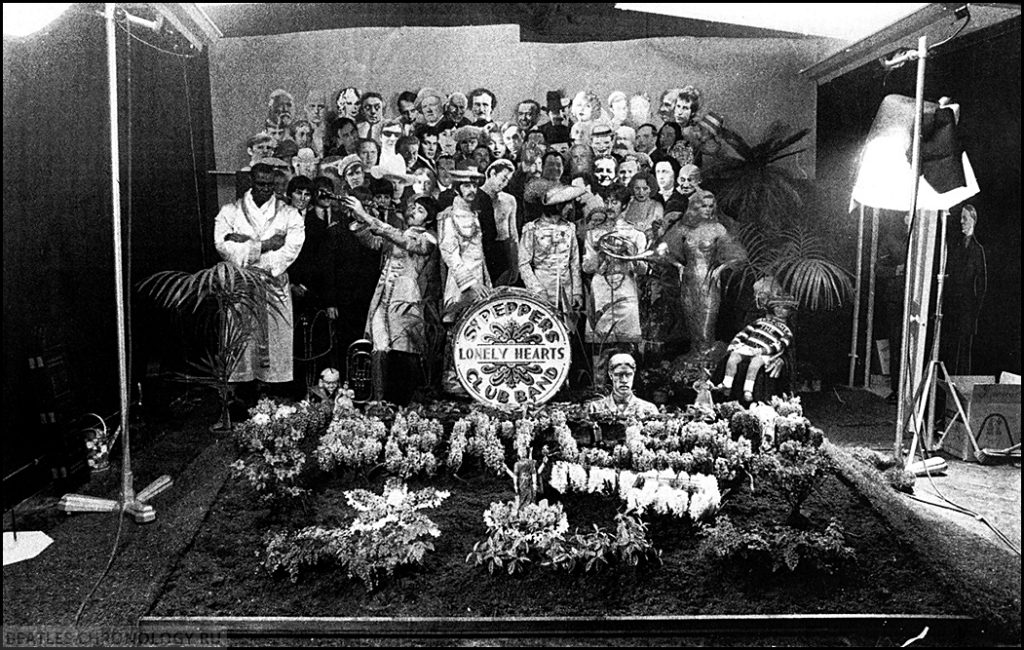
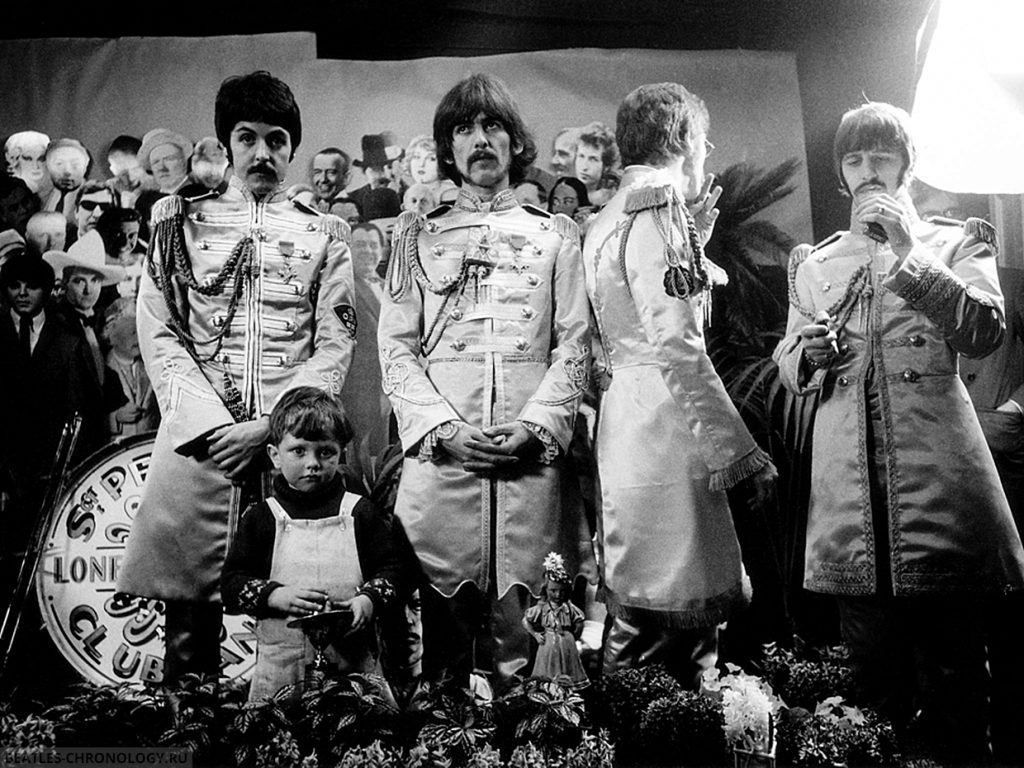
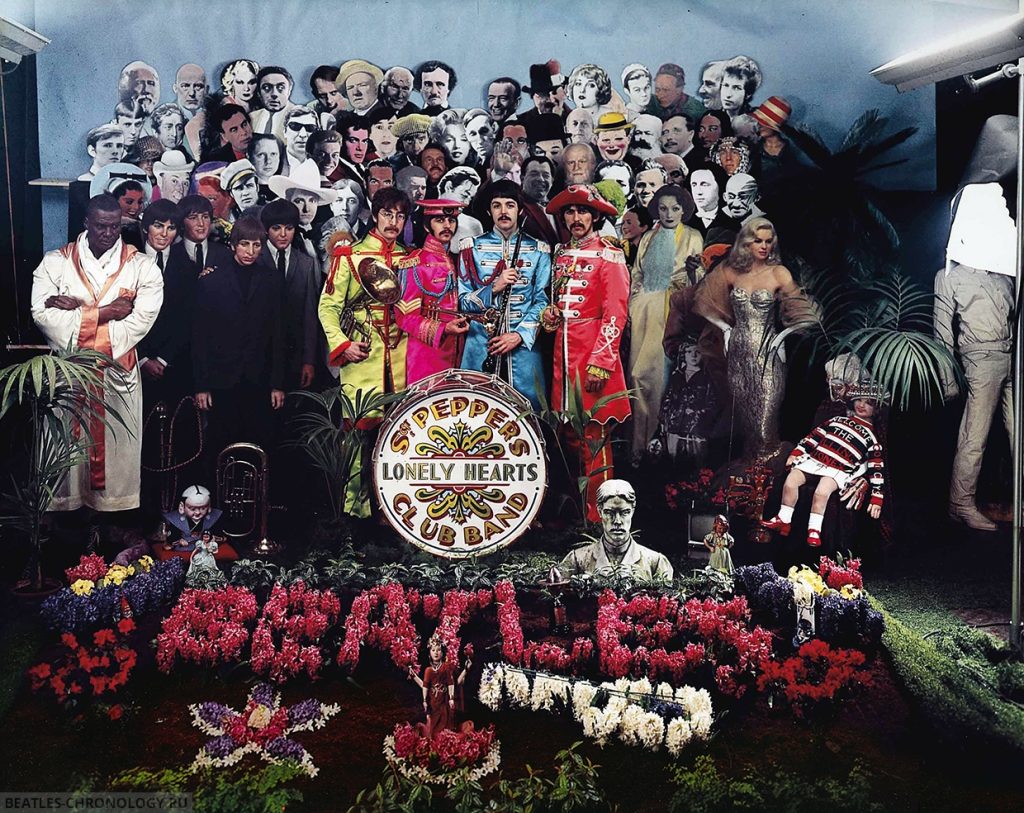
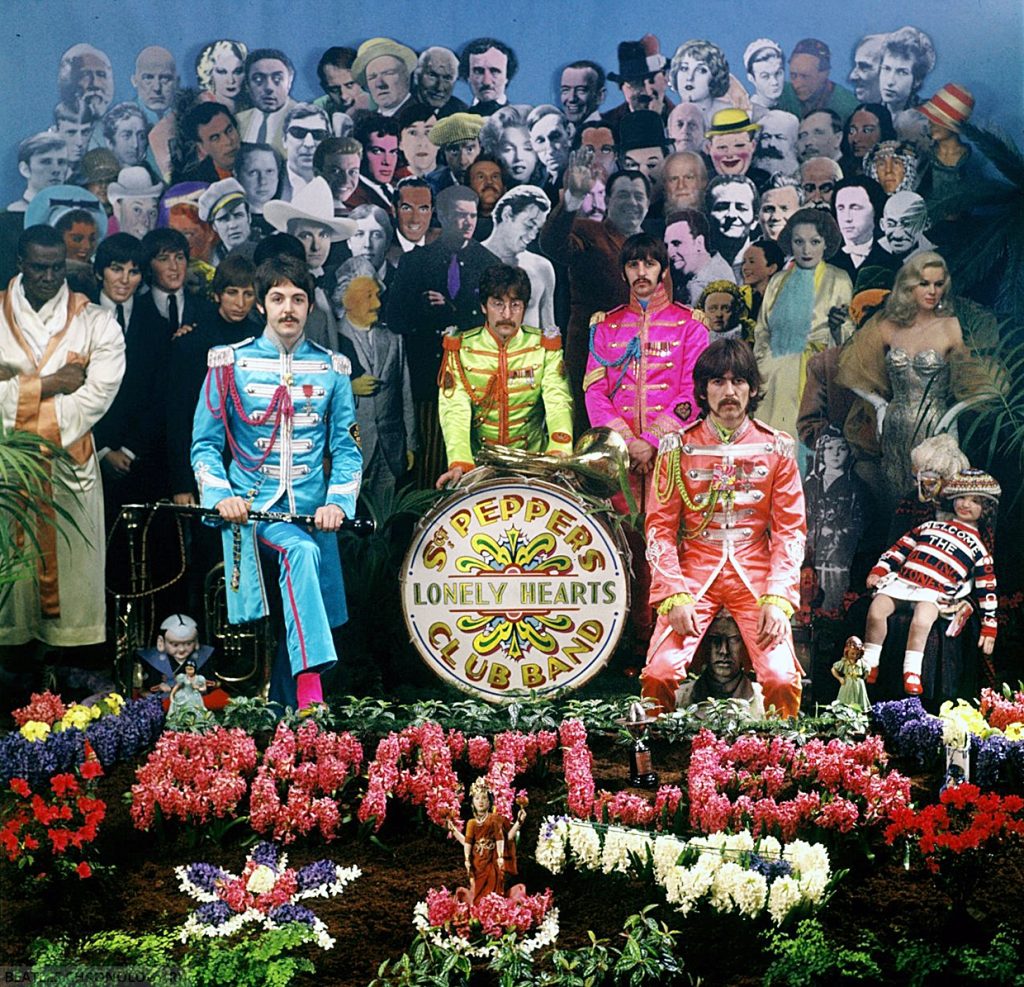
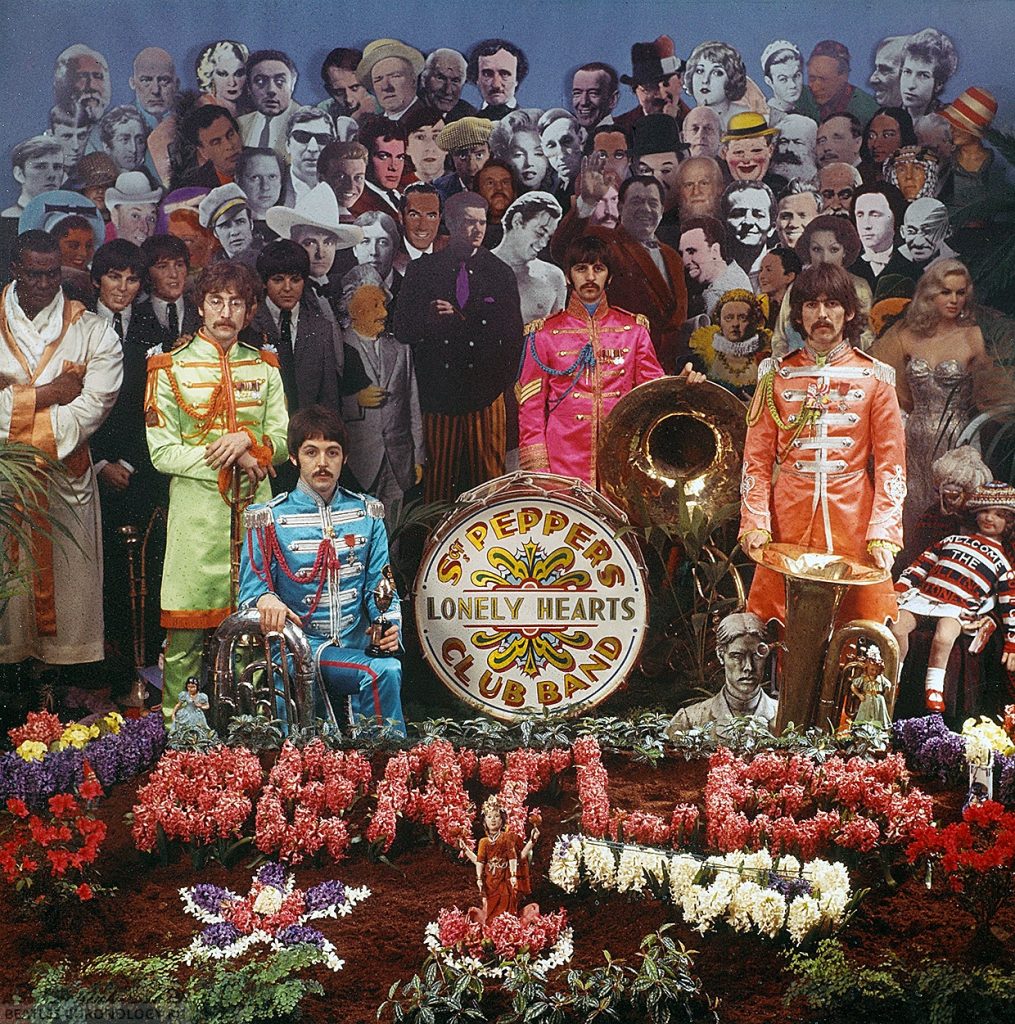
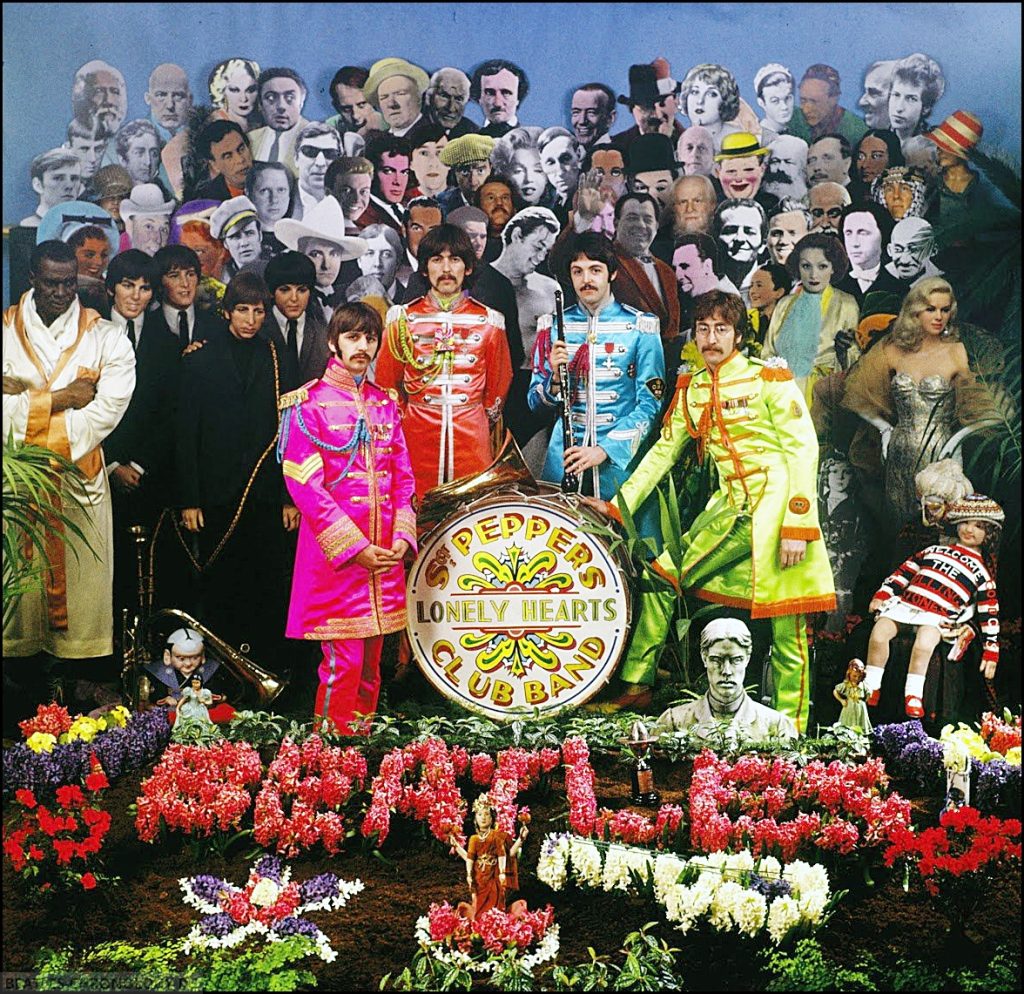
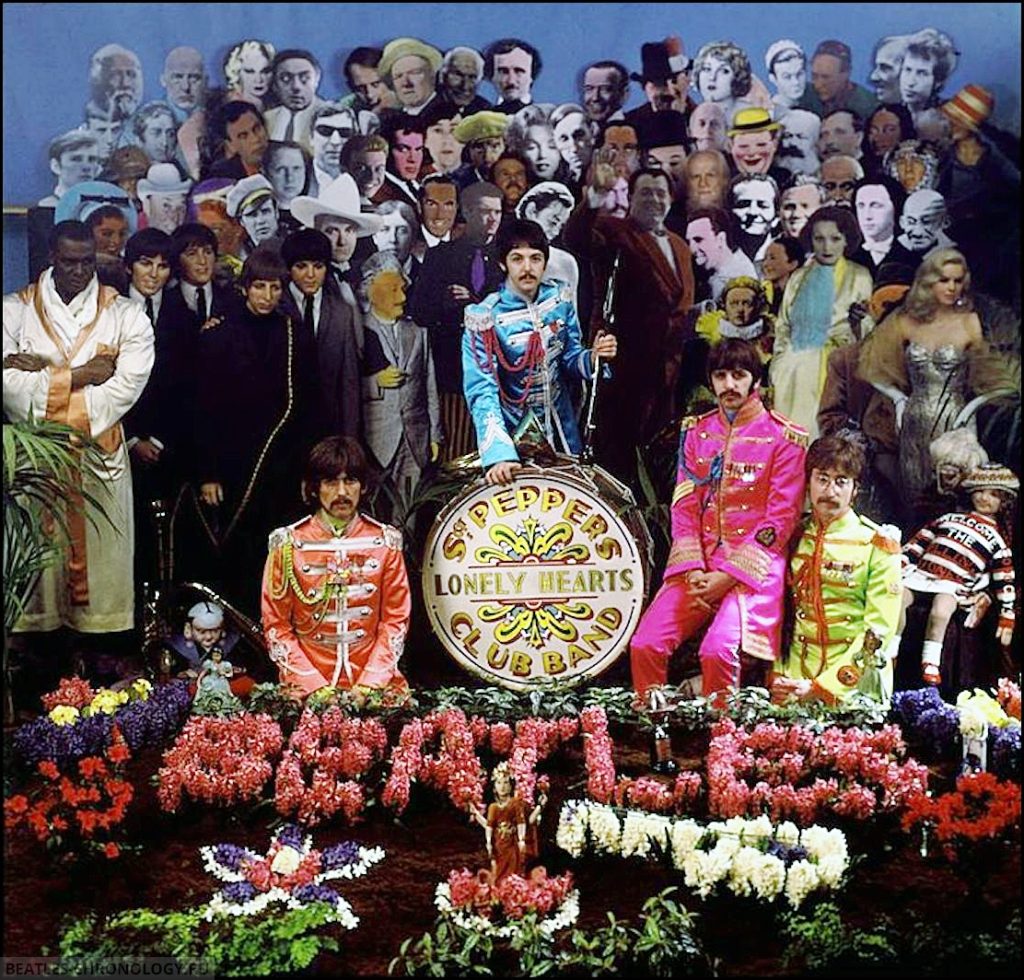
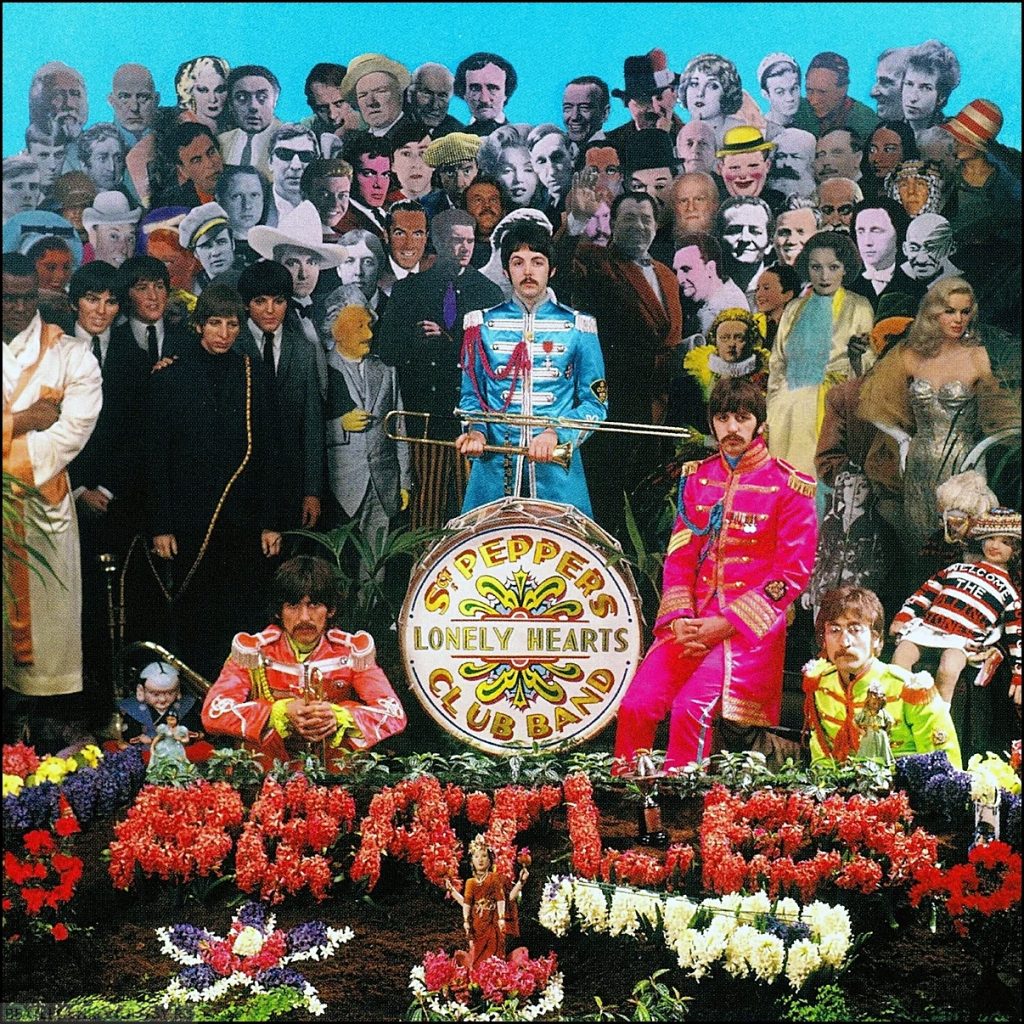
I did a sketch in which the four of us were pictured in front of a floral clock. It was as if time stood still, because the clock was made of flowers. There was something lovely about that. The idea was that the band were going to be presented with a trophy by the Lord Mayor of London, or someone like that. So, we agreed on the cover idea, then went down to the costumier Monty Berman, in Soho, to be fitted with the band’s outfits.
Paul McCartney – From Paul McCartney on his lyrics: ‘Eroticism was a driving force behind everything I wrote’ | Times2 | The Times – From “The Lyrics” book, 2021
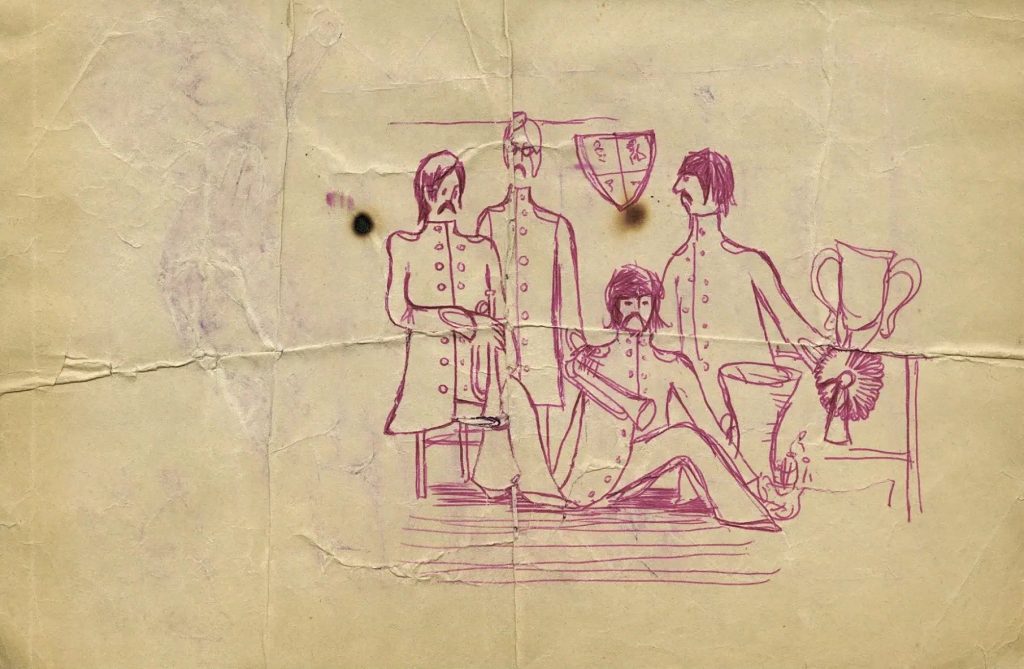
For our outfits, we went to Berman’s, the theatrical costumiers, and ordered up the wildest things, based on old military tunics. That’s where they sent you if you were making a film: ‘Go down to Berman’s and get your soldier suits.’ They had books there that showed you what was available. Did we want Edwardian or Crimean? We just chose oddball things from everywhere and put them together. We all chose our own colours and our own materials: ‘You can’t have that, he’s having it…’
We went for bright psychedelic colours, a bit like the fluorescent socks you used to get in the Fifties (they came in very pink, very turquoise or very yellow). At the back of our minds, I think the plan was to have garish uniforms which would actually go against the idea of uniform. At the time everyone was into that ‘I Was Lord Kitchener’s Valet’ thing; kids in bands wearing soldiers’ outfits and putting flowers in the barrels of rifles.
Paul McCartney – From “The Beatles Anthology” book, 2000
PAUL McCARTNEY Right up until the end we knew the cover was going to be Michael Cooper/Peter Blake, but we wanted this inside cover to be the Fool’s drawing. Robert kept saying, ‘I don’t think you should use it.’ I’d say, “Well, Robert, it’s our album and we’re gonna use it.’ And the other Beatles were quite adamant too. A week would go by, then Robert would say, ‘I really don’t think you should use it. It’s just not well drawn. It’s not right. It’s bad art.’ We said, ‘Let us be the judge of that. It’s our album cover, not yours. You’re just the art director. We don’t have to listen to you.’ In the end he came round with the cover as it exists now, with the four of us gleaming hopefully out. Give everyone a love vibe. He’d come round, saying, ‘I say, I think, this should be the inside cover. It’s much better. Works with the front, works with the back.’ And he put the package together as it eventually was and persuaded us finally not to use the Fool’s artwork. And he was right. I’ve seen it since and he was really right. With things like that he was pretty right. He had an opinion and stuck to it. He could be a little bit too arrogant — luckily not to me. I would just say, piss off or whatever. I had a little way of deflating him, which was all right. I can see what my kids didn’t like about him. It was just Eton overbearing, I’m just superior to you, which is what you’re taught at Eton.
JANN HAWORTH They did use ours, of course; but in the end it was totally mucked up, because the plates were wrong. The photograph was beautiful but the reproduction was absolutely lousy. It would be lovely to see it done properly.
PETER BLAKE I have very mixed feelings, because it’s sometimes given an over-importance. I mean, I’ve been painting now for forty-five years — and as Chrissie, my wife, says when I get upset about it, it was just a record cover. But, on another level, on any kind of list of record-cover designs it’s usually the number one. So I’m very proud to have done it, but also very bitter that because of Robert signing away any rights I had to it, we were paid only £200. I think the people who delivered the flowers were paid £250. I’ve never had any more money from it. So although it stills sells constantly, and everybody else is still making money from it, we never did. So I’m thrilled to have done it, but bitter about it.
Paul McCartney – From “Groovy Bob: The Life and Times of Robert Fraser” by Harriet Vyner, 1999
The Beatles already had a cover designed by a Dutch group called The Fool, but my gallery dealer, Robert Fraser, said to Paul, ‘Why don’t you use a “fine artist”, a professional, to do the cover?’ Paul rather liked the idea and I was asked to do it.”
Peter Blake – From “The Beatles: Off the Record” by Keith Badman, 2008
Originally, the cover was going to be us dressed as this other band in crazy gear. It was going to be stuff that we had always wanted to wear. All the stuff that we had secretly really liked and we were going to have photos on the wall, which were all our heroes, like Marlon Brando in his leather jacket. Anybody who we have thought, ‘Oh! He’s good!’ It was going to be this band and all their cult heroes and we kind of put this other identity on them. The cover got changed a lot in the process. But that was the basic idea behind it, a kind of fantasy show.
Paul McCartney – From “The Beatles: Off the Record” by Keith Badman, 2008
What I offered to it was the idea that if they had just played a concert in the park, the cover could be a photograph of the group just after the concert with the crowd, who had just watched the concert, watching them. If we did this by using large cardboard cutouts, it could be a magical crowd of whomever they wanted. So, I then said to each of The Beatles, ‘Make a list of the people who you would like most.’ It was a kind of opportunity to show off and then have the audience that you’d choose to be your favourite audience. This was the idea. I also made a list; Robert Fraser made a list, so there were six lists. George’s list was all gurus, and Ringo said, ‘Whatever the others say is fine by me,’ because he didn’t really want to be bothered. But, it was John’s that I remember the most. Amongst a great number of people, he chose Hitler and Jesus. Neither of which made the final sleeve.
Peter Blake – From “The Beatles: Off the Record” by Keith Badman, 2008
There is a hand above Paul’s head, which is a symbol of death. But, in fact, this hand belongs to Izzy Bon, and, in the photograph, he is waving to his fans. It was just pure coincidence that his hand was above Paul’s head. We got all the photographs together and had life-size cutouts made onto cardboard. EMI realised that, because many of the people we were depicting were still alive, we might be sued for not seeking their permission. So, The Beatles’ manager, Brian Epstein, who was very wary of all the complications in the first place, has his assistant write to everyone.
Peter Blake – From “The Beatles: Off the Record” by Keith Badman, 2008

How was the new Album Cover taken?
When you buy a new LP you may, or may not, take too much notice of the sleeve — the cardboard cover — which contains the actual record. But it would be difficult to ignore the fantastic sleeve produced to accompany “SGT. PEPPER’S LONELY HEARTS CLUB BAND”. It wasn’t just made like any ordinary sleeve — it was built. Planned with much ingenuity, the materials gathered together from all sorts of sources… and then BUILT. Into a cardboard house worthy of Sgt. Pepper and of his four famed architects!
The song “Sgt. Pepper’s Lonely Hearts Club Band” had already been recorded when Paul, Neil and Mal had their first chat about the sleeve. During that conversation Paul developed his idea that “Sgt. Pepper” should come at the start of the whole LP — and be repeated near the end. So that the album would have one main theme. “The Sgt. Pepper Band Show”. Almost like a complete ‘live’ recording — which is why they put audience noises on the opening number.
For this first spark came the idea that the photograph on the front of the sleeve should be linked with Sgt. Pepper. At first it was agreed that John, Paul, George and Ringo should be photographed in some sort of Salvation Army uniforms. Next stage was the suggestion for a picture montage — a photograph of many photographs making up one big crowd of people with sky above, the album’s title on Sgt. Pepper’s drum and “The Beatles” set out in words made up of flowers across the foot.
Who chose the more-than-sixty folk who should be included in the crowd picture? Well, the list was a team operation with each Beatle putting forward names of people he liked. Some dead — some very much alive. Some personal friends and many famous personalities admired for one reason or another by The Beatles.
From here on a series of thoughts had to be translated into fact and an incredible number of different planning and building operations were put into effect.
Burman’s theatrical agency sent a fellow to the recording studio with sample materials for the special uniforms… Beatles picked out the four brightest patterns from a pile of satin samples (Salvation Army theory went by the board!)… Orange and yellow patent leather shoes were ordered Beatles nipped into Burman’s, got themselves measured up and kitted out, sorted through lots of interesting braid, froggings, hats brass instruments were hired and Mal spent 4 hours polishing them up in preparation for the photo session.
Then there was the montage of pictures… every photograph had to be selected carefully so that heads and faces would fit into the complete crowd… some waxwork models were added to the line-up — including the figures of Diana Dors, Sonny Liston, Lawrence of Arabia and The Beatles … then came the final choice of pictures, the blowing-up, the colour tinting, the mounting and the final production of a massive wall-sized photo montage which was hung up behind the four uniformed, medal-draped Beatles.
Everything was in place — strips, badges, chords, tassels, lanyards (borrowed from a friendly barracks)… a stone bust, a few statuettes, a Buddha and other small ornaments to set out on the artificial grass at the very front of the picture (all these items being from the homes and personal collections of The Beatles).
The photographs were taken by Michael Cooper, the massive montage job was shared between Peter Blake and his equally artistic colleague Jann.
At this point it was early April, Paul was in America, the sleeve had to go into production by the end of the month. There was a lot more to do. Artists Simon and Marajke created a design, a colour wash of reds and pinks, to decorate the sleeve’s inner paper bag — the actual record container which, by simple but unworthy tradition, is normally left plain white.
So the front of the sleeve was the crowd picture and that was all O.K. The “double page” across the inside of the sleeve was O.K. too — a close-up group picture of the Sgt. Pepper Quartet. Now for the back — and onto this space went a bright fire-engine red, the vivid background behind the printed lyrics of every song used on the LP. All the words are there on the sleeve, all the words which The Beatles sing on the actual record.
Ah, yes. Something was missing. There had to be a final touch. A cardboard cut-out portrait of Sgt. Pepper and his four henchmen. To stand on your mantelpiece to the left of Great Uncle Herbert and Great Aunt Agnes.
And a good time is guaranteed for all.
From The Beatles Monthly Book, June 1967
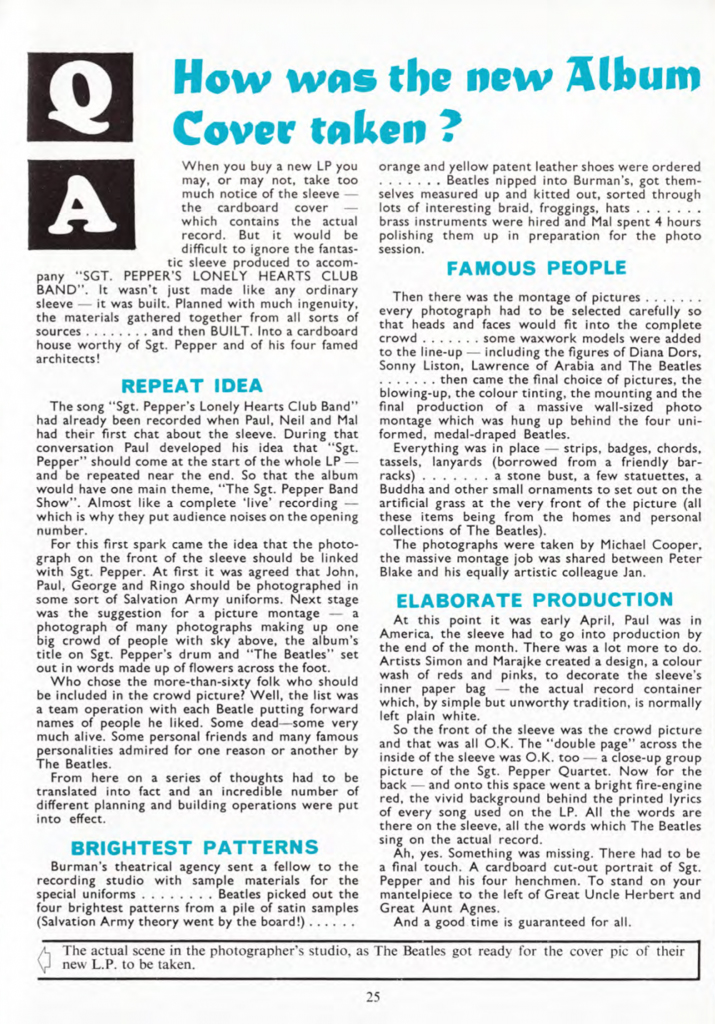
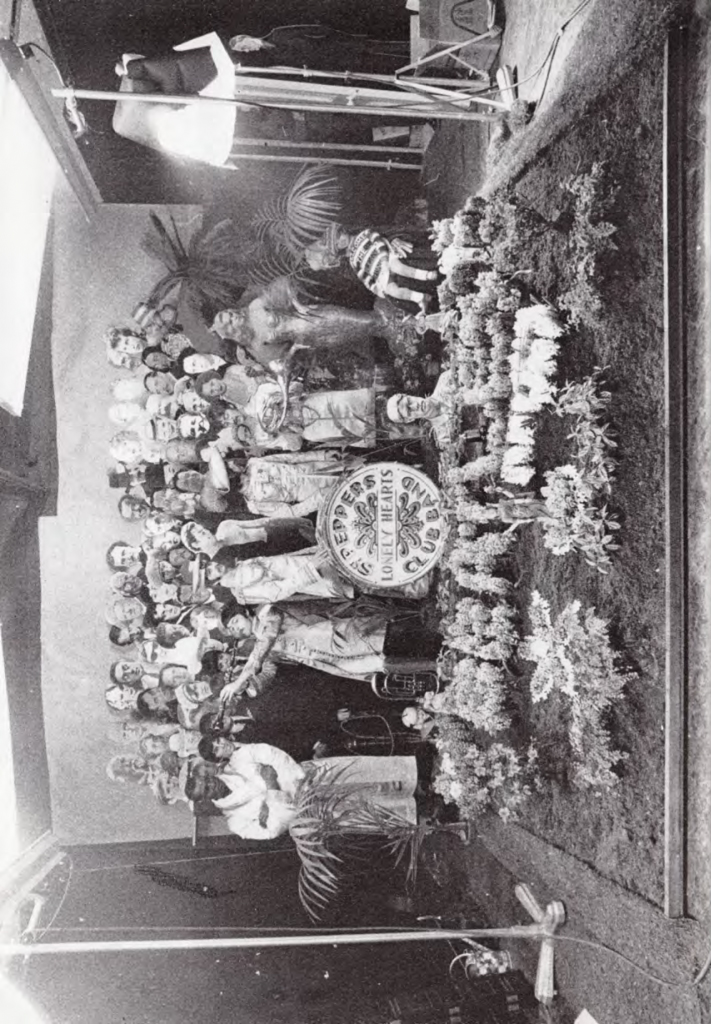
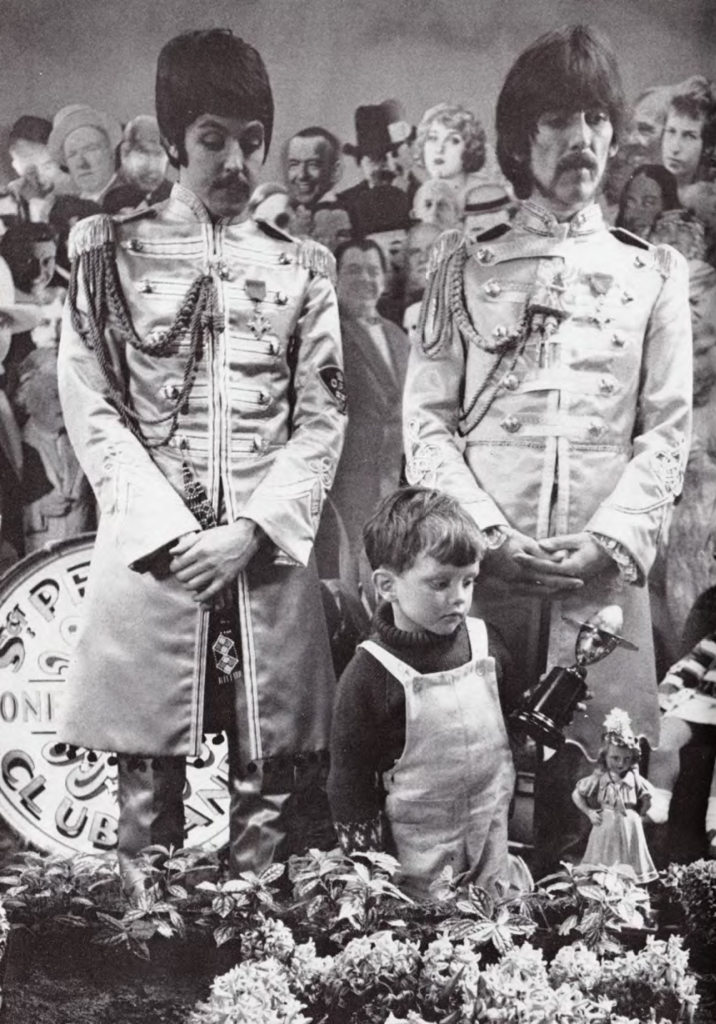
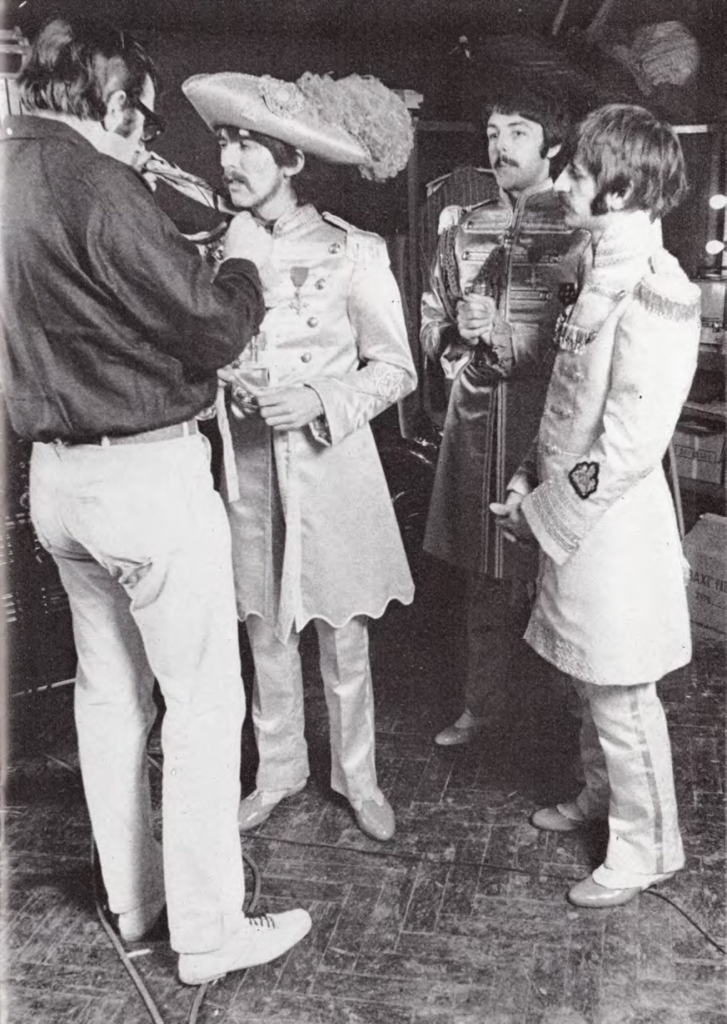
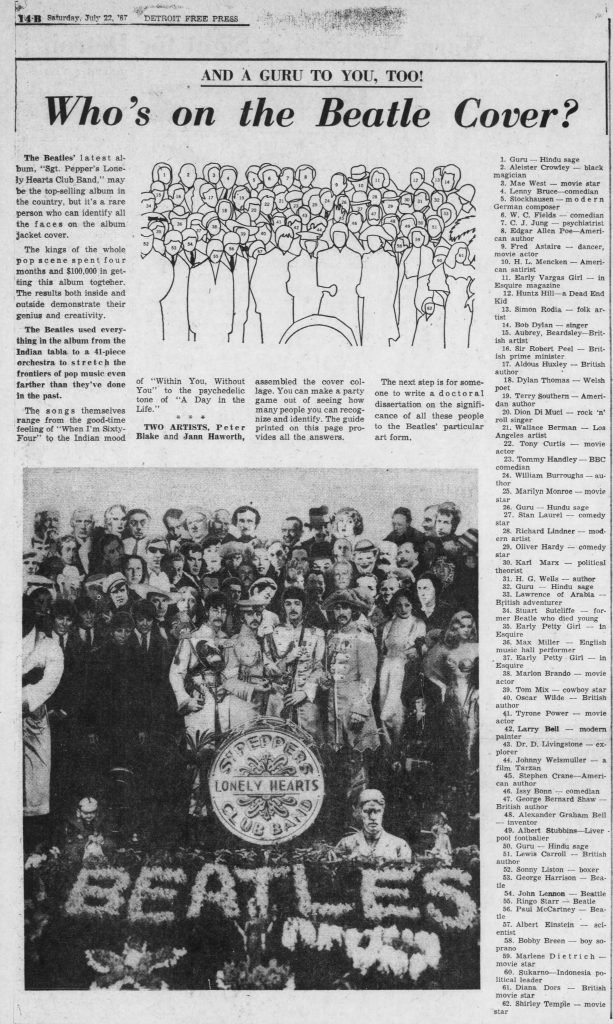

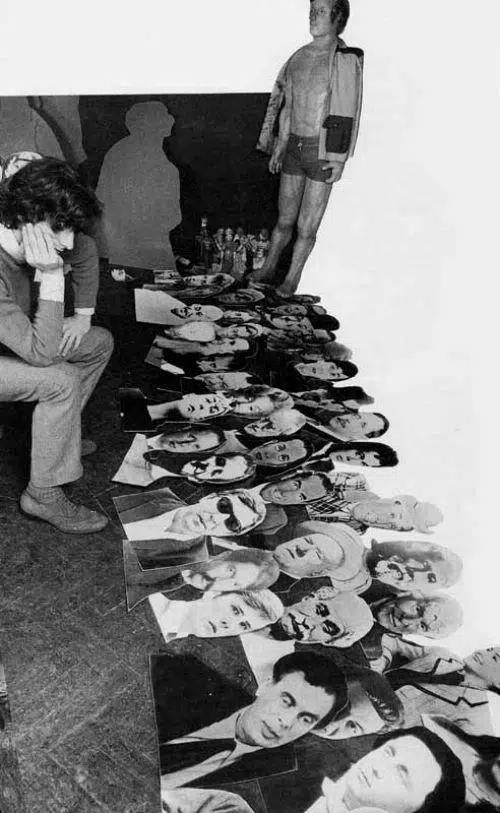

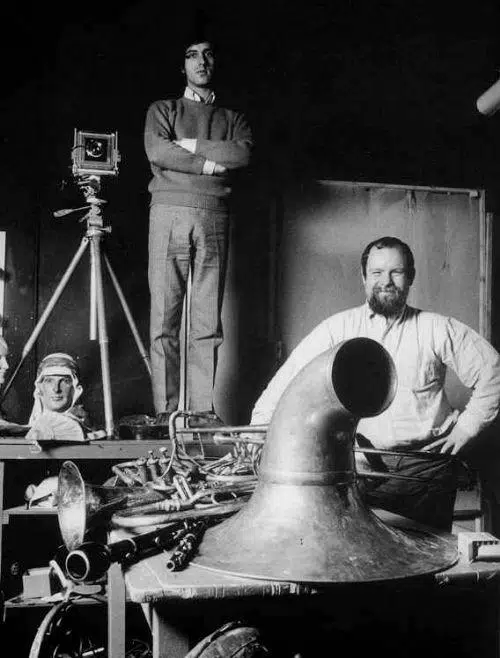
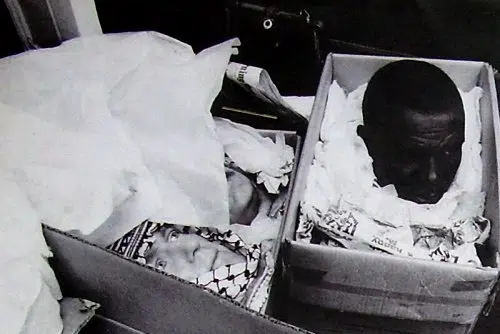
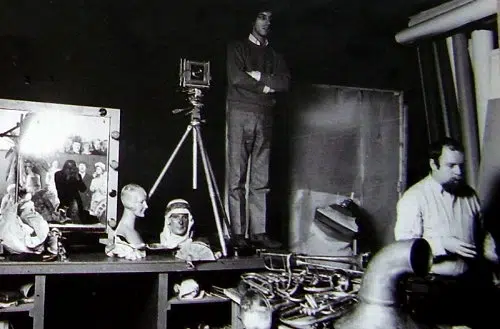
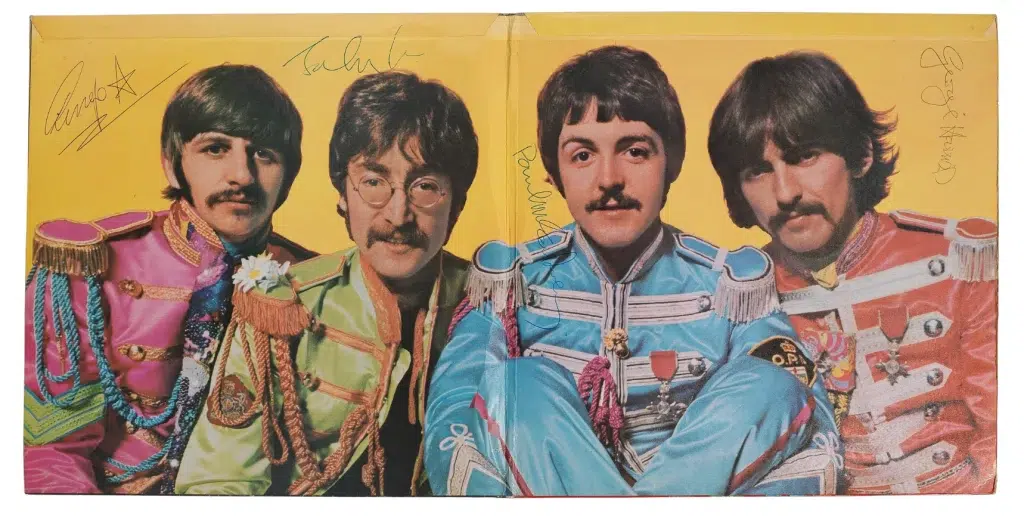
The Beatles Diary Volume 1: The Beatles Years
"With greatly expanded text, this is the most revealing and frank personal 30-year chronicle of the group ever written. Insider Barry Miles covers the Beatles story from childhood to the break-up of the group."
We owe a lot to Barry Miles for the creation of those pages, but you really have to buy this book to get all the details - a day to day chronology of what happened to the four Beatles during the Beatles years!
If we modestly consider the Paul McCartney Project to be the premier online resource for all things Paul McCartney, it is undeniable that The Beatles Bible stands as the definitive online site dedicated to the Beatles. While there is some overlap in content between the two sites, they differ significantly in their approach.

Notice any inaccuracies on this page? Have additional insights or ideas for new content? Or just want to share your thoughts? We value your feedback! Please use the form below to get in touch with us.